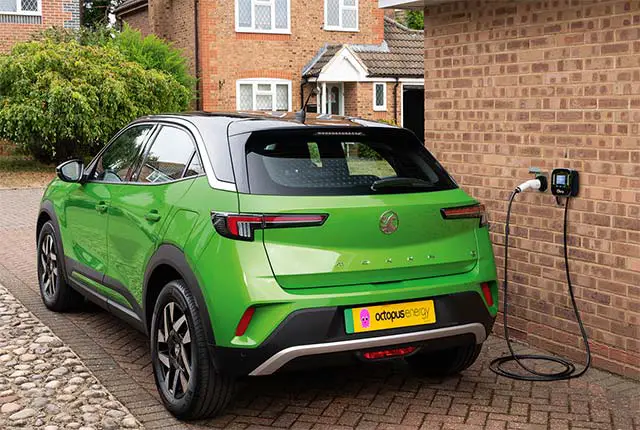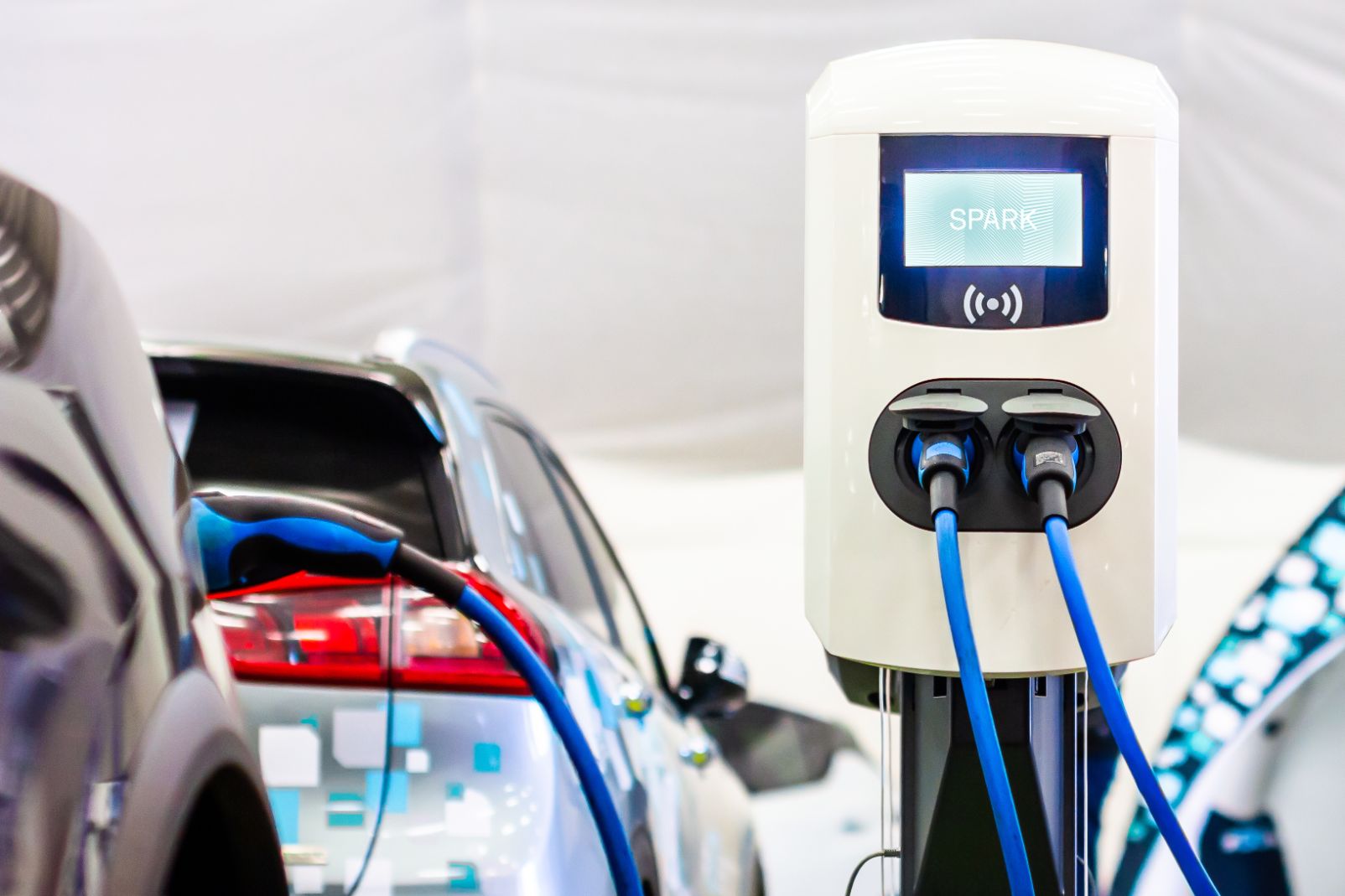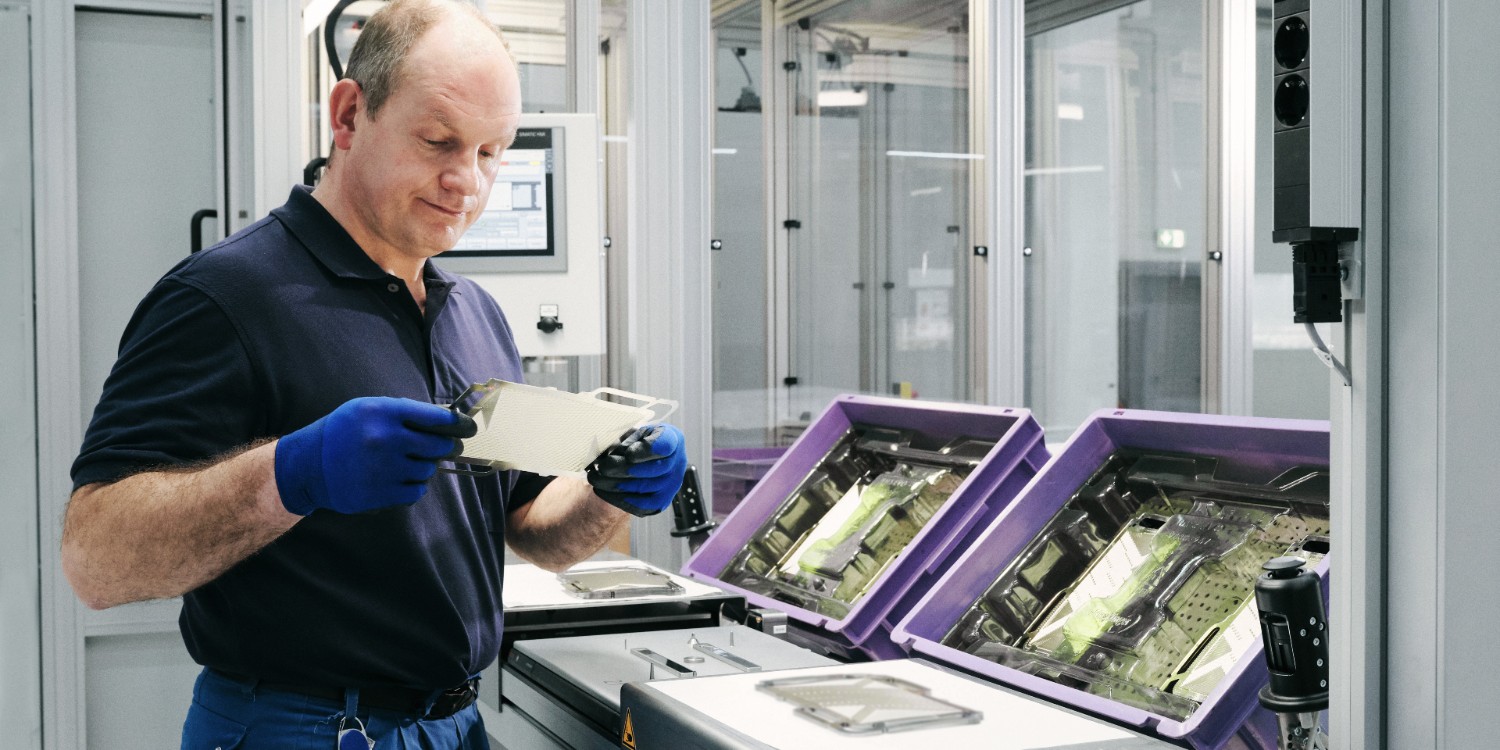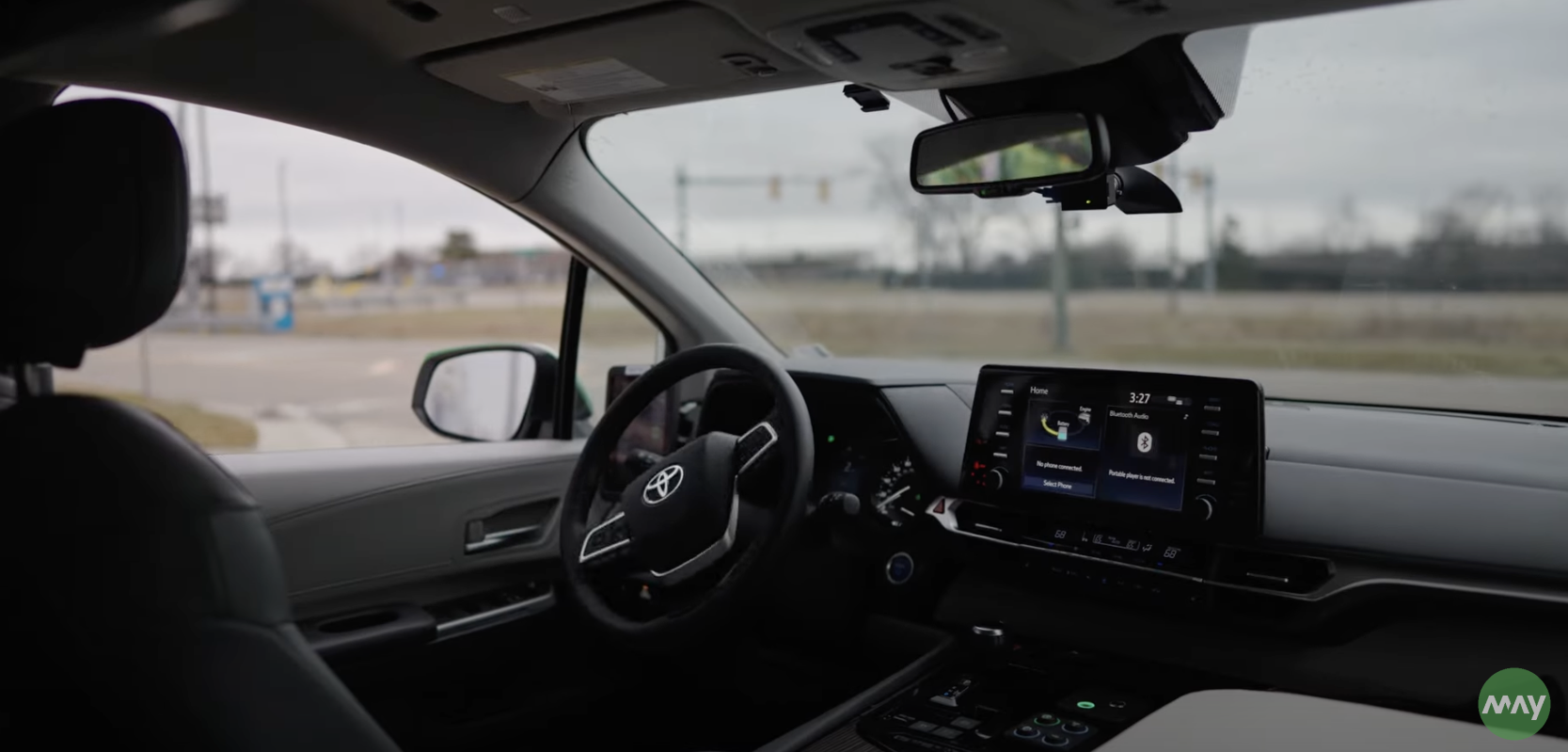According to a new report by EV payment specialist Mina, thousands of electric vehicle (EV) drivers in the UK could save hundreds of pounds on their home charging bills by switching to specialist EV tariffs, but most are missing out.
Mina’s data showed that the average pence per kWh cost for home charging was only slightly lower than the average cost of all home electricity, suggesting that drivers were not taking advantage of lower off-peak or EV-specific tariffs.
The data, which analysed over 60,000 plug-in events, found that there were more than 800 different home tariffs, leading to customer confusion and an inability to determine the most appropriate tariff. This meant that some drivers were paying over six times more than necessary to charge their EV, equivalent to spending £15 more on each home charge for a typical EV with a 60kWh battery. Over 20,000 miles a year, that would equate to around £1,500 that could otherwise have been saved.
Mina’s CEO Ashley Tate stated that “there is no lack of desire from energy suppliers to offer EV tariffs and help drivers make the switch, but with current wholesale energy costs being so high and unpredictable, they’re finding it hard to launch these tariffs. However, I do think we’ll see more of these coming to the market over the next two years. They are vitally important for the development of the EV market.”
Octopus Energy is one of the leading energy suppliers in the UK and a smart tariff pioneer. Its Intelligent Octopus tariff enables drivers to charge for 10p an hour during a six hour window when it is best for the grid, helping drivers cut charging costs while balancing the grid. Alex Schoch, Head of Flexibility at Octopus Energy Group, commented that “EV tariffs such as Intelligent Octopus allow drivers to tap into the lower running costs available with electric cars, while helping to balance the grid and bring down bills for everyone. As more low cost renewables join the grid, these costs will only fall further – helping reduce the impact of travel on our wallets, as well as the planet.
However, choosing the right tariff requires a holistic understanding of all home energy, not just EVs. Mina suggests that drivers consider a number of factors before selecting an EV tariff, including understanding how much energy is used to charge an EV at home, whether a nightly 4-5 hour EV tariff window is sufficient for daily charging needs, whether the accompanying peak tariff rate is higher than average, and whether a standard off-peak tariff may be a better option.
Mina also suggests that the government provides more practical assistance to EV owners with personalised calculations based on the usage of all their household electricity needs to help get people on the right tariff for them, reduce costs, spread energy demand, and accelerate the transition to electric vehicles.







